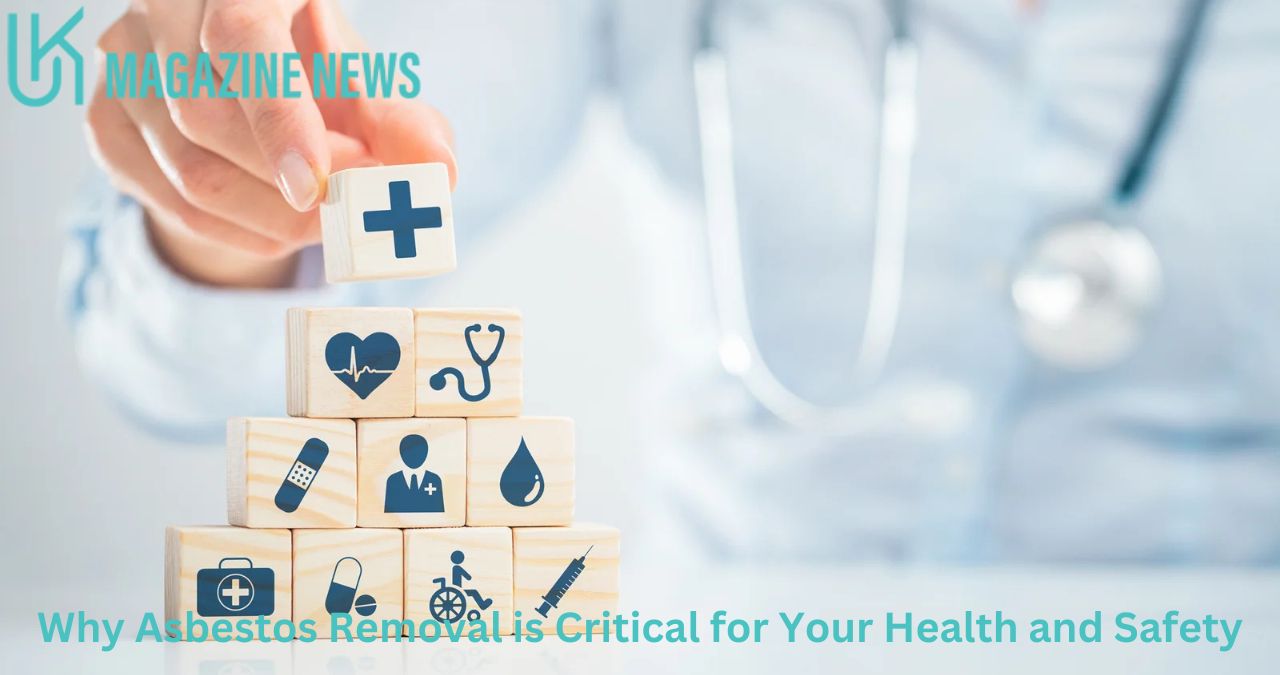Asbestos, once a popular building material praised for its fire resistance and insulating properties, has been revealed as a significant health hazard, leading to strict regulations on its use and removal. Understanding the critical nature of asbestos removal can help ensure the safety and well-being of anyone who might come into contact with areas where asbestos is present.
The Dangers of Asbestos Exposure
Asbestos is composed of microscopic fibres that can quickly become airborne and inhaled. Once inhaled, these fibres can become lodged in the lungs, heart, or abdomen, causing severe health issues. Notoriously, asbestos exposure is linked to several life-threatening diseases, including:
- Asbestosis: A severe fibrotic condition of the lungs that causes shortness of breath, coughing, and permanent lung damage.
- Lung Cancer: A malignant tumour that obstructs the air passages in the lungs.
- Mesothelioma: A rare and aggressive cancer primarily affecting the lining of the lungs or abdomen.
Symptoms of these diseases do not appear immediately but can develop decades after exposure, making asbestos particularly dangerous.
Why Professional Asbestos Removal is Essential
Identifying Asbestos in Your Environment
Asbestos was widely used in various building materials, especially in structures built before the 1980s. Some common materials that might contain asbestos include:
- Insulation in walls and attics
- Vinyl tiles used for flooring
- The lining around old pipes
- Roofing and siding materials
Identifying asbestos can be challenging, as it’s not always visible to the unaided eye and typically requires professional testing to confirm its presence.
The Process of Asbestos Abatement
Asbestos removal, or abatement, is a delicate process that requires specialised knowledge and tools to ensure it is done safely. The general steps involved in professional asbestos removal include:
- Inspection and Assessment: A thorough property examination is conducted to identify all asbestos-containing materials.
- Containment and Control: The affected area is sealed off to prevent fibres from escaping, and dust control measures are implemented.
- Removal and Disposal: Professionals use advanced techniques and equipment to safely remove and dispose of asbestos-containing materials by legal and environmental standards.
Mishandling asbestos can increase the airborne concentration of asbestos fibres, exacerbating the risk to health and safety, which is why professional removal is non-negotiable.
Finding Asbestos Removal Services
When looking to hire professionals for asbestos removal, searching for asbestos removal near me online can provide you with a list of qualified contractors in your area. Ensure that your service is certified and has good reviews from previous clients.
Health Benefits of Professional Asbestos Removal
Removing asbestos from your home or building protects the current inhabitants and secures future occupants’ safety. Benefits include:
- Improved Air Quality: Eliminating asbestos reduces the risk of airborne contaminants, ensuring cleaner, safer air.
- Increased Property Value: Properties free of asbestos are more appealing to buyers and often command higher market values.
- Legal Compliance: Many regions have laws requiring asbestos removal if it poses a risk. Professional removal ensures compliance with these regulations, avoiding potential legal issues.
Preventative Measures and Maintenance
After asbestos has been professionally removed, it is crucial to take preventive measures to ensure the environment remains safe. Regular inspections and maintenance can prevent the disturbance of any remaining asbestos that was not initially identified or was considered safe to leave undisturbed. Continuing to monitor the condition of the building and promptly addressing any new areas of concern is essential to maintaining a secure environment. Additionally, educating building maintenance staff and occupants about the locations of undisturbed asbestos and the proper procedures for reporting potential hazards can further mitigate any risks. These proactive steps are vital for preserving the health and safety of all individuals who interact with the space, ensuring that asbestos does not become a threat in the future.
Conclusion
Removing asbestos is not just a legal obligation in many areas but a crucial preventative measure to protect health and safety. Ensuring the professional abatement of this hazardous material can lead to a healthier, safer living environment, free from the risks of asbestos-related diseases. Homeowners and building managers should prioritise asbestos testing and removal as part of their property maintenance strategies to safeguard the health of everyone who uses the space. By proactively addressing the presence of asbestos, property owners can prevent potential health issues among occupants and visitors, ultimately fostering a more secure and welcoming environment. This approach not only enhances the overall well-being of individuals but also ensures compliance with health regulations, which can avert significant legal and financial repercussions.





